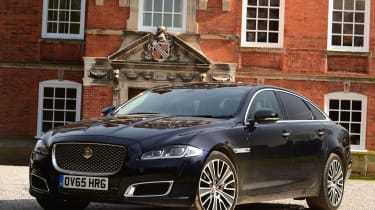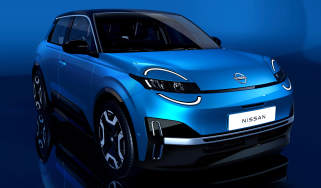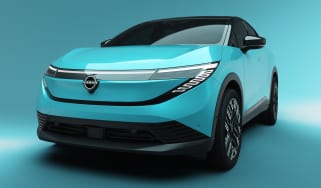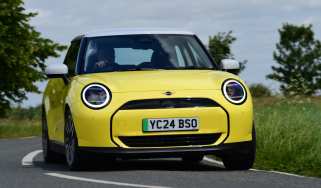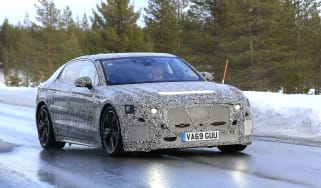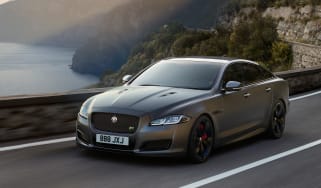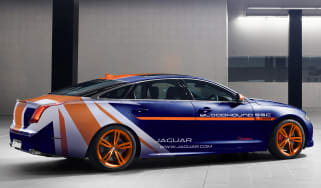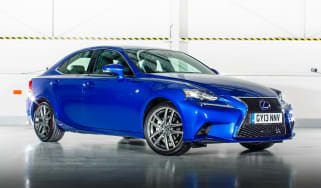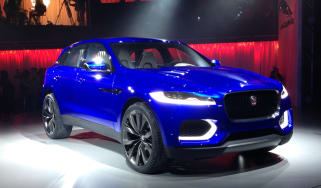Jaguar XJ saloon (2010-2020)
“The Jaguar XJ looks and drives better than many large luxurious saloons, but there are only diesel engines offered"
Pros
- Beautiful interior
- Stylish design
- Good to drive
Cons
- Now only available from stock
- Ride is a bit firm
- Tight rear headroom
Jaguar has been building large executive saloons since the 1930s but production of the current XJ has now officially ended. The British manufacturer needs time to overhaul its Castle Bromwich factory to prepare for production of the next model, which will be all-electric, so the current XJ is now only available from stock.
German-built rivals might be better in certain areas but the XJ is a refreshing alternative. Even though it’s an older model now, having been around since 2010, the XJ still oozes style and character, and is genuinely good to drive. Given that large executive cars are primarily designed around passengers in the back, the XJ is surprisingly impressive from behind the wheel.
Best value nearly-new cars you can buy today
Making its large saloons better to drive than you’d expect has always been one of Jaguar’s strengths. The XJ manages to be more involving to drive than both the Mercedes S-Class and the Audi A8; only the much newer BMW 7 Series and Porsche Panamera manage to better it in the dynamics department.
The XJ is also a luxurious and cosseting motorway cruiser. Government officials often use it as the quiet interior means snoozing diplomats can travel in the rear seats without disturbance.
There are a couple of caveats, though. Firstly, while rear legroom is generous, headroom is a little tighter than ideal. That’s less of an issue with the long-wheelbase (LWB) version, which boasts over a metre of rear legroom. Another niggle concerns the XJ’s limited engine range, which now comprises of just one diesel. Fortunately, the 3.0-litre V6 is excellent, with 296bhp giving it a 155mph top speed and 37.9mpg economy (although the highest Benefit-in-Kind (BiK) rating). That’s a match for the bigger engines in rivals.
It's best to put such drab considerations aside and concentrate on; the XJ’s distinguished character. One of its key features is a well appointed and distinctive dashboard that’s been designed to encircle the driver. Rear-seat passengers, meanwhile, feel cosseted and pampered, particularly if they (or their benefactors) have shelled out the £3,000 extra for the long-wheelbase version.
All the trim levels – Luxury, Premium Luxury, Portfolio, R-Sport and the limited edition XJ50 – include leather seats (heated front and rear), a panoramic sunroof, soft-closing doors and other toys too numerous to list. The leather gets softer, the stereo louder and the kit count higher the further you travel up the range.
The XJ has never been crash-tested by Euro NCAP, but its strong aluminium construction should hold up well in a collision. It’s also packed full of safety features, even if some of these are optional or reserved for higher trim levels. With elegant looks, responsive performance and all the heritage that leaping cat badge brings with it.

